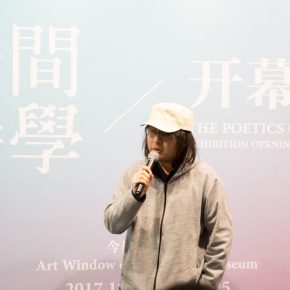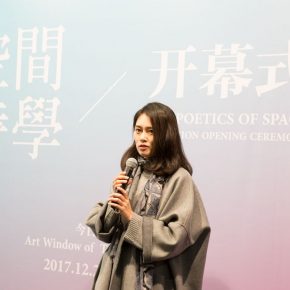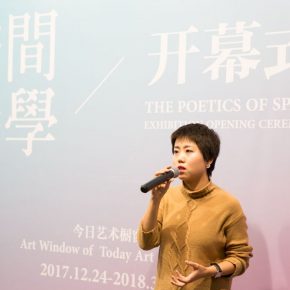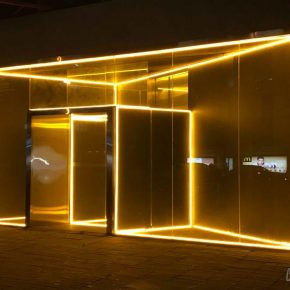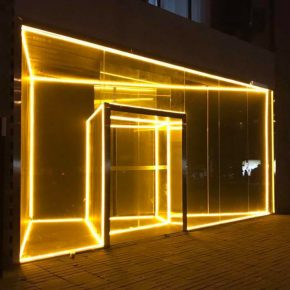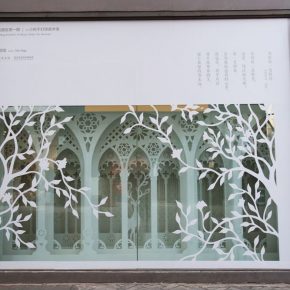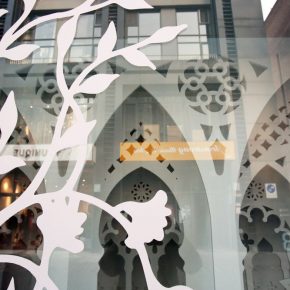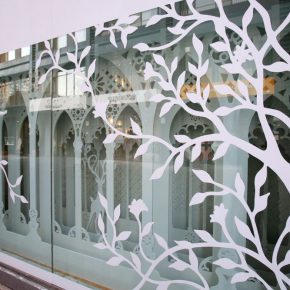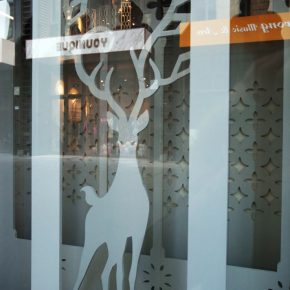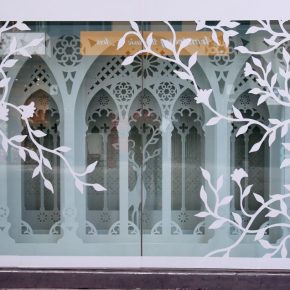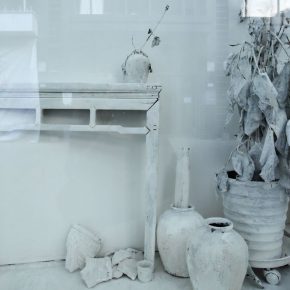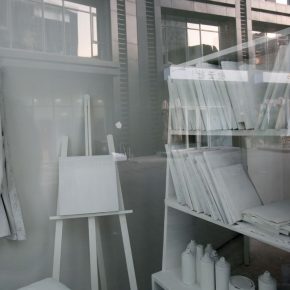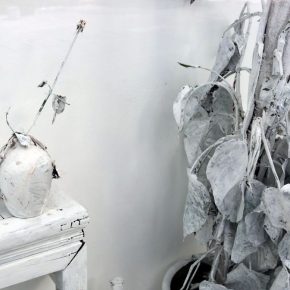
German philosopher Martin Heidegger (1889-1976) created the theory of existential space from the perspective of phenomenology. Heidegger believed that a man could understand space only through his own existence, or that space was a world directly related to human existence. In order to better express his idea of ??space, he quoted the poet Holderlin's (1770-1843) famous poem of “Human, dwelling poetically on this earth”, to explain the relationship between construction and dwelling. Influenced by Heidegger, in 1957 the French poet Bachelard Gaston (1884-1962) published “The Poetics of Space”, which unfolded unique thinking and imagination of architecture, from the perspective of phenomenology and symbolism. Bachelard argued that space was not a container for objects, but a dwelling of human consciousness, and architecture was the poetics of dwelling. At present, the majority of people have a sense of distance to “poetically dwelling”, and how to get rid of this distance? It’s worth trying to reopen the window of potential poetic thoughts for each person, through the cooperation of poets and artists to explore this question.
At 3:00 pm on January 9, 2018, organized by Today Art Museum in Beijing and Muyun Culture and Arts Foundation, “2018 Finding Friends – The Poetics of Space” opened at Today Art Museum. It invites three young artists, who have different professional backgrounds, in cooperation with the poet and writer Meng Meng, to form a window group using “finding friends". The group discussed and revised the proposed art programs, which are presented in the form of an art window.
Construction of the “Poetic” Possibility??Space and time are important dimensions in which people live and perceive the world. For a long time, people pay attention to time but ignore the existence of space, which directly leads to the demotion of the value of space. Since the mid-20th century, the discussion on space has gradually become a hot topic. In the 1990s, the so-called “space change” took place in academia. In David Harvey’s book entitled “The Condition of Postmodernity”, the space became an important measure of modernity and postmodernity. Influenced by the paradigm of spatial cognition, the disciplines such as architecture and cultural studies have been intersected and combined. Under this academic background, a cross-boundary fusion of architectural space, art and literature from the perspective of space will undoubtedly offer an opportunity for creation by young artists.
How Could Space Become “Poetics”? How do we poetically dwell on earth? Bachelard explored the image of happy space in the book and wrote that, our goal of exploration is to determine the human value of the space we have, and the space we have is the space that fights against hostile forces, and a favorite space. Many writers and poets criticized the noisy and indifferent cities built in the industrial revolution and technological development, but Bachelard entered the true image of poetry, embracing the city. In current society in China, where the wave of urbanization is sweeping, it is not easy to find the space for our dreams to dwell. When we avoid the analysis of space as a “place”, to understand the “happy space” of Bachelard and “poetically dwelling” of Holderlin, and the space is transformed into an “imaginative space”, a place that carries human consciousness, which might be a corner, a miniature of memory and the place stores beloved things. In short, we find the place of “poetically dwelling” when a “space” allows us to feel happiness as individuals. In a closed window space, the possibility of “poetic” is built based on the interaction between the limitation of space and the diffuse nature of artists’ thinking, based on which, it offers the artist a new creative motivation.
The Poetic Value of Window Space???As a pure form of literature art, poetry has an unique artistic charm in terms of sustenance, calling, eulogizing, allegory and expresses a certain artistic conception or emotion. However, in the sequence of the evolution of the times, caused by the changes of the language use and the temperament caused by the subjective and objective factors, and the environment, have directly led to the change in poetry that is gradually suited to the minority in the current era. How does poetry walk away from its own small circle, to be combined with other categories of art? How does a window space become a poetic creation?
The artist Guo Donglai believes that every object has its own domain, and there is a complete world in every ego-domain. His work entitled “It is the Greatest Happiness in Life to Encounter Yourself When Roving in the Hometown” uses a visual rhetoric skill to explore the relationship between material & world, and the poetic space. Mu Jing’s work “Story of a Deer in White Night” uses paper to create a space of multiple levels, which has transformed a window into a door leading to another world in a subtle change of light and shadow. Zhang Xiaoyue’s work “404” collected the household objects and furnishings of the studio which was demolished, and these objects have been cut into pieces and only remain in part, leaning against walls, which are swallowed or squeezed to suffocation, restoring a studio of the artist in the art window, and they have been whitewashed. When the sensitization and exposure reach a certain degree, the white demolition relics, the contours and borders slowly disappear, which is like the whole incident disappeariing in silence. Desperate poets want to mourn but are speechless.
The artists Guo Donglai, Mu Jing and Zhang Xiaoyue who have different learning backgrounds, working and life experiences, interpret the poetic value of the window space from their own perspective: the interrelation and mutual proof of light and space, and the occasional transformation of the external space, the extension of individual aesthetic attitude in opposite directions such as the subtle and grand, the stratified and overall, the pure and complicated; the mechanical tension and collective unconsciousness in the context of social issues, as well as the emerged social mimicry and so on. These private experiences and aesthetic instincts have created the sensitive result which also reflects the social reality from the side.
In the future, art and other disciplines including literature, science will intersect and integrate, bringing us imaginations and expectations of life and society, and also bringing us more hope for “poetic dwelling” in reality or dreams. It remains on view till March 25.
Text by Yang Zhonghui, translated by Chen Peihua and edited by Sue/CAFA ART INFO
Photo by Yang Zhonghui & Today Art Museum
About the Exhibition:
Title: 2018 Finding Friends – The Poetics of Space
Organizers: Today Art Museum in Beijing, Muyun Culture and Arts Foundation
Sponsors: Gao Peng, Wu Hongliang
Co-sponsors: Du Juan, Luan Yiming
Artists: Guo Donglai, Mu Jing, Zhang Xiaoyue
Venue: the art window on the ground floor of Building 2, Today Art Museum
Duration: December 24, 2017 - March 25, 2018





